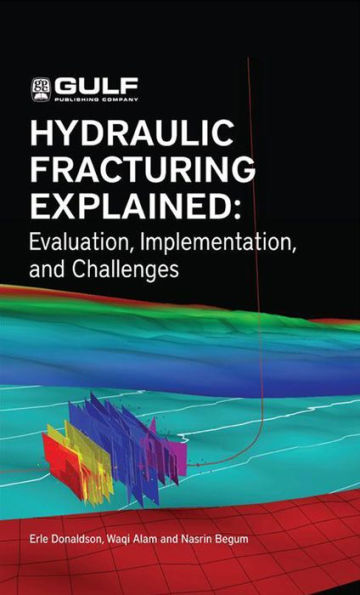Rocks mechanics legend Erle Donaldson, along with colleagues Waqi Alam and Nasrin Begum from the oil and gas consultant company Tetrahedron, have authored this handbook on updated fundamentals and more recent technology used during a common hydraulic fracturing procedure. Meant for technical and non-technical professionals interested in the subject of hydraulic fracturing, the book provides a clear and simple explanation of the technology and related issues to promote the safe development of petroleum reserves leading to energy independence throughout the world.
Rocks mechanics legend Erle Donaldson, along with colleagues Waqi Alam and Nasrin Begum from the oil and gas consultant company Tetrahedron, have authored this handbook on updated fundamentals and more recent technology used during a common hydraulic fracturing procedure. Meant for technical and non-technical professionals interested in the subject of hydraulic fracturing, the book provides a clear and simple explanation of the technology and related issues to promote the safe development of petroleum reserves leading to energy independence throughout the world.

Hydraulic Fracturing Explained: Evaluation, Implementation, and Challenges
224
Hydraulic Fracturing Explained: Evaluation, Implementation, and Challenges
224
Product Details
| ISBN-13: | 9780127999968 |
|---|---|
| Publisher: | Elsevier Science |
| Publication date: | 02/25/2014 |
| Sold by: | Barnes & Noble |
| Format: | eBook |
| Pages: | 224 |
| File size: | 5 MB |
